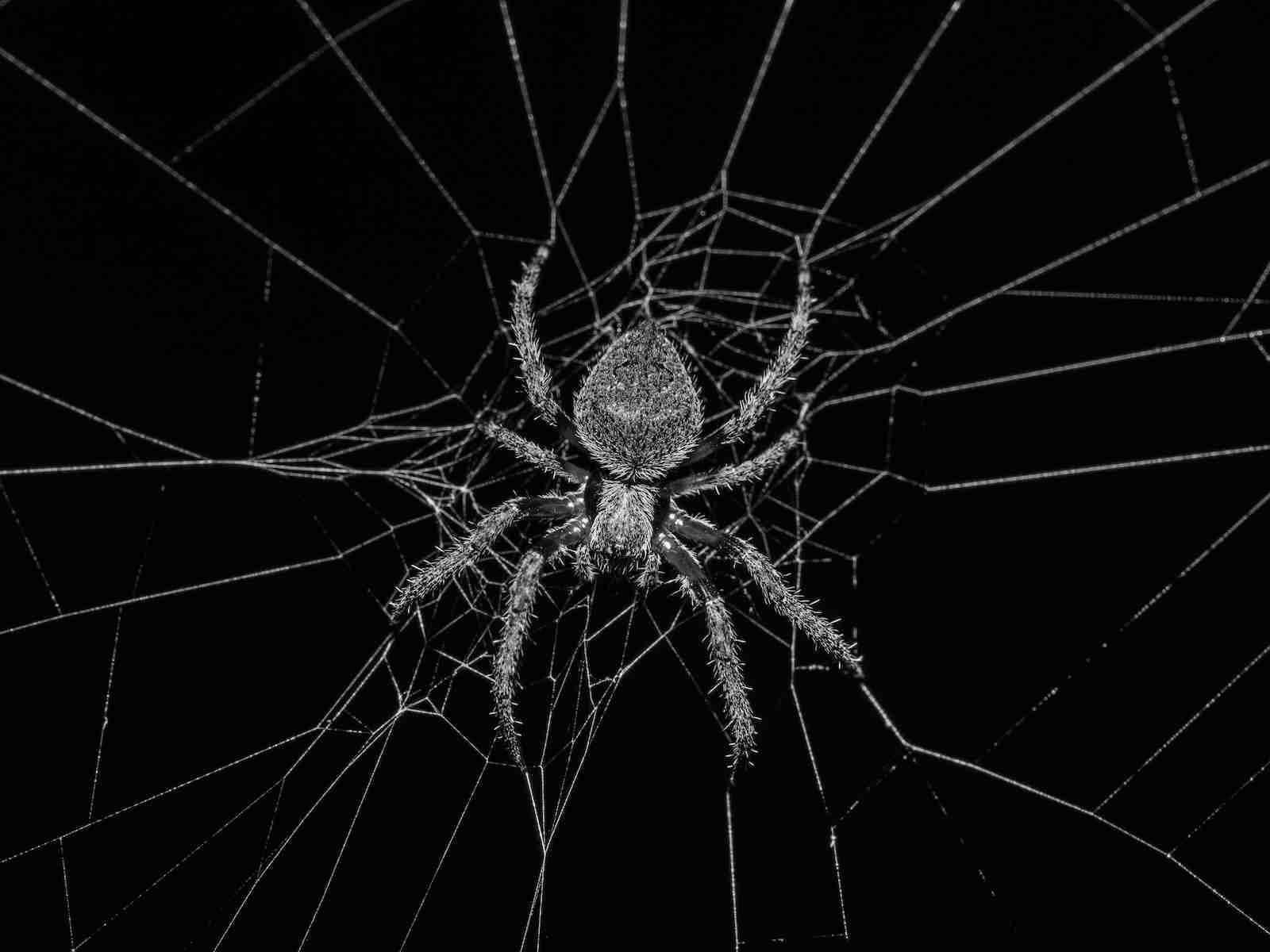26 Fun Facts About Spiders | Exposing the Mysteries
1. Spiders belong to the arachnid class.
In the fascinating world of arachnids, spiders take center stage. They’re part of this remarkable group, along with scorpions and ticks.
These eight-legged creatures boast segmented bodies and have been shaping our ecosystems for millions of years.
2. There are over 48,000 known spider species.
When we talk about spiders, we’re talking about an incredibly diverse family. Scientists have identified over 48,000 distinct spider species, each with its unique features and behaviors.
It’s like a vast encyclopedia of arachnids.
3. Spiders can be found on every continent except Antarctica.
These arachnids have mastered the art of adaptation.
They’ve set up their silk threads on every continent, from scorching deserts to lush rainforests, demonstrating their ability to conquer virtually any terrain.
4. The silk produced by spiders is stronger than steel of the same diameter.
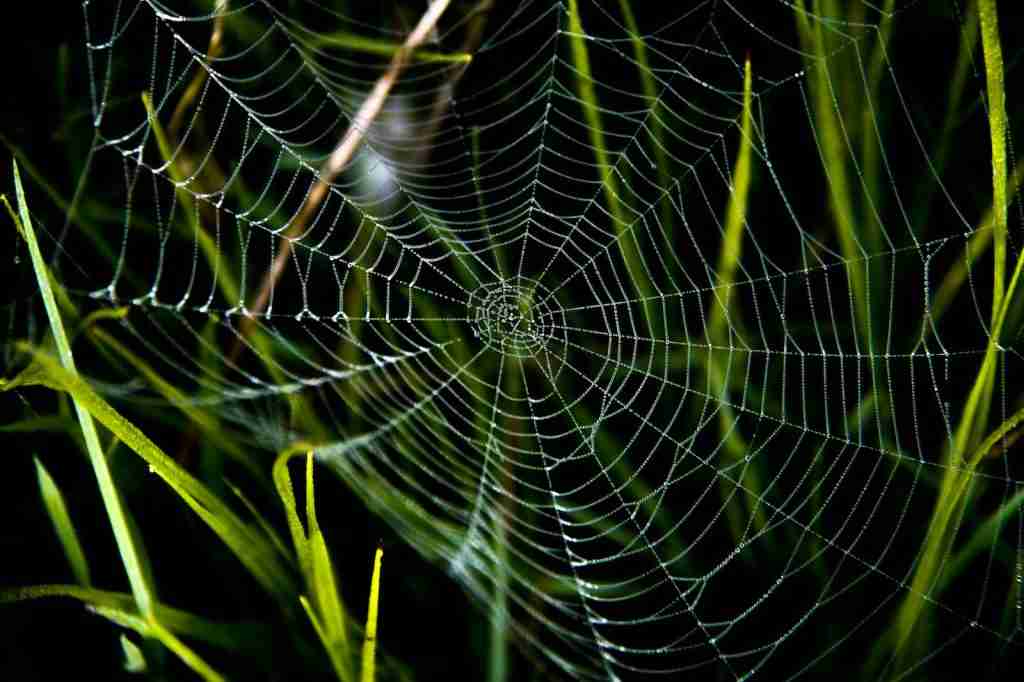
Spider silk is no ordinary material. In fact, it’s stronger than steel when you consider materials of the same diameter.
It’s a testament to nature’s incredible engineering, offering unmatched tensile strength.
5. They have been around for over 300 million years, which is one of the fun facts about Spiders.
Think about this – spiders have been weaving their intricate webs for more than 300 million years.
They’re one of the oldest terrestrial arthropods on Earth, witnessing the rise and fall of countless other creatures.
6. Spiders come in various sizes, from a few millimeters to a foot in length.
From minuscule marvels measuring just a few millimeters to colossal giants extending up to a foot in length, spiders showcase a vast array of sizes.
It’s a reminder that in the spider world, diversity knows no bounds.
7. Not all spiders spin webs; some hunt and pounce on their prey.
While many of us envision spiders as web spinners, not all of them subscribe to this lifestyle.
Some are skilled hunters, employing lightning-quick strikes and stealthy maneuvers to secure their next meal.
8. Most spiders are harmless to humans.
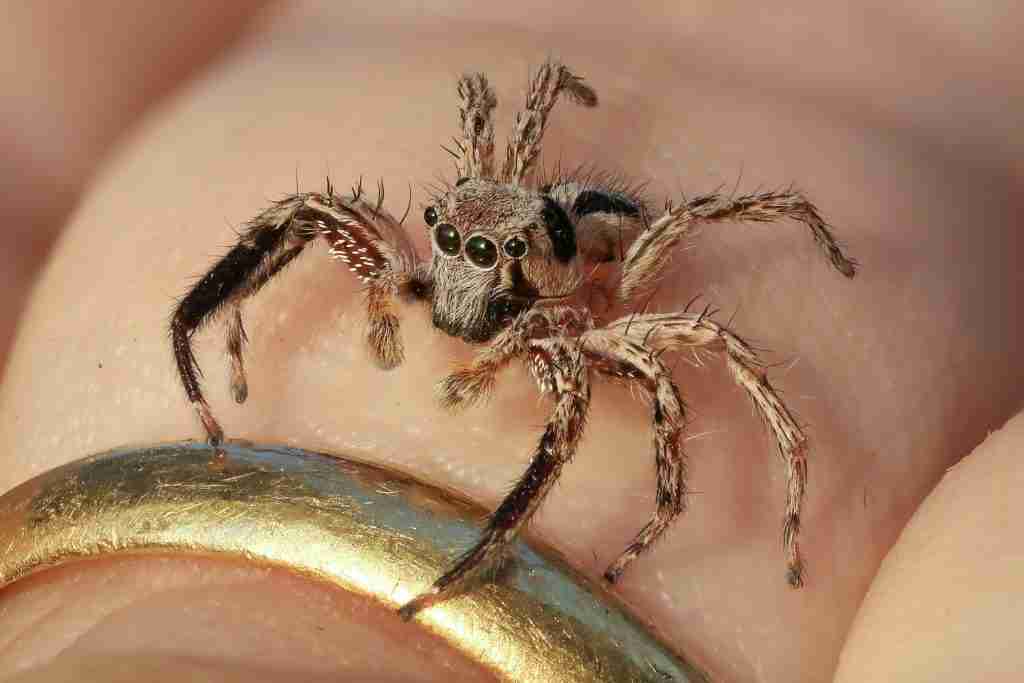
The truth is, most spiders are more scared of you than you are of them.
They’re not here to haunt your nightmares but to serve as unsung heroes in the insect-control business, ensuring that creepy crawlies don’t overrun your space.
9. Spiders have fangs that inject venom into their prey.
In their quest for sustenance, spiders wield specialized fangs as their weapons.
These fangs inject venom into their prey, rendering it immobilized and ready for consumption.
10. Jumping spiders have excellent eyesight and can leap up to 50 times their body length.
Imagine having the vision of an eagle and the acrobatics of an Olympic athlete – that’s the life of a jumping spider.
These little acrobats boast extraordinary eyesight and can leap over 50 times their body length in a single bound.
11. Some spiders can regrow lost limbs.
In a feat of regeneration that would make even superheroes envious, certain spiders can regrow lost limbs.
It’s like having a built-in spare part for life’s unexpected mishaps.
12. A spider’s silk is used in the creation of musical instrument strings.
Due to its remarkable properties, spider silk has found its way into a unique field music.
It’s used to craft strings for musical instruments, resulting in a melodious blend of nature and art.
13. The world’s most venomous spider is the Brazilian wandering spider.
Meet the Brazilian wandering spider, a true heavyweight in the world of venom.
Its toxic bite packs enough punch to be lethal if not treated promptly, making it a force to be reckoned with.
14. Spiders molt as they grow, shedding their exoskeleton.
As spiders continue to grow and evolve.
They go through a molting process, casting off their exoskeletons to reveal a larger, more mature version beneath.
15. Female spiders are often larger than males.
In many spider species, females take the lead in the size department.
They’re often notably larger than their male counterparts, reflecting the intriguing dynamics of arachnid life.
16. The black widow’s venom is 15 times more potent than a rattlesnake’s.
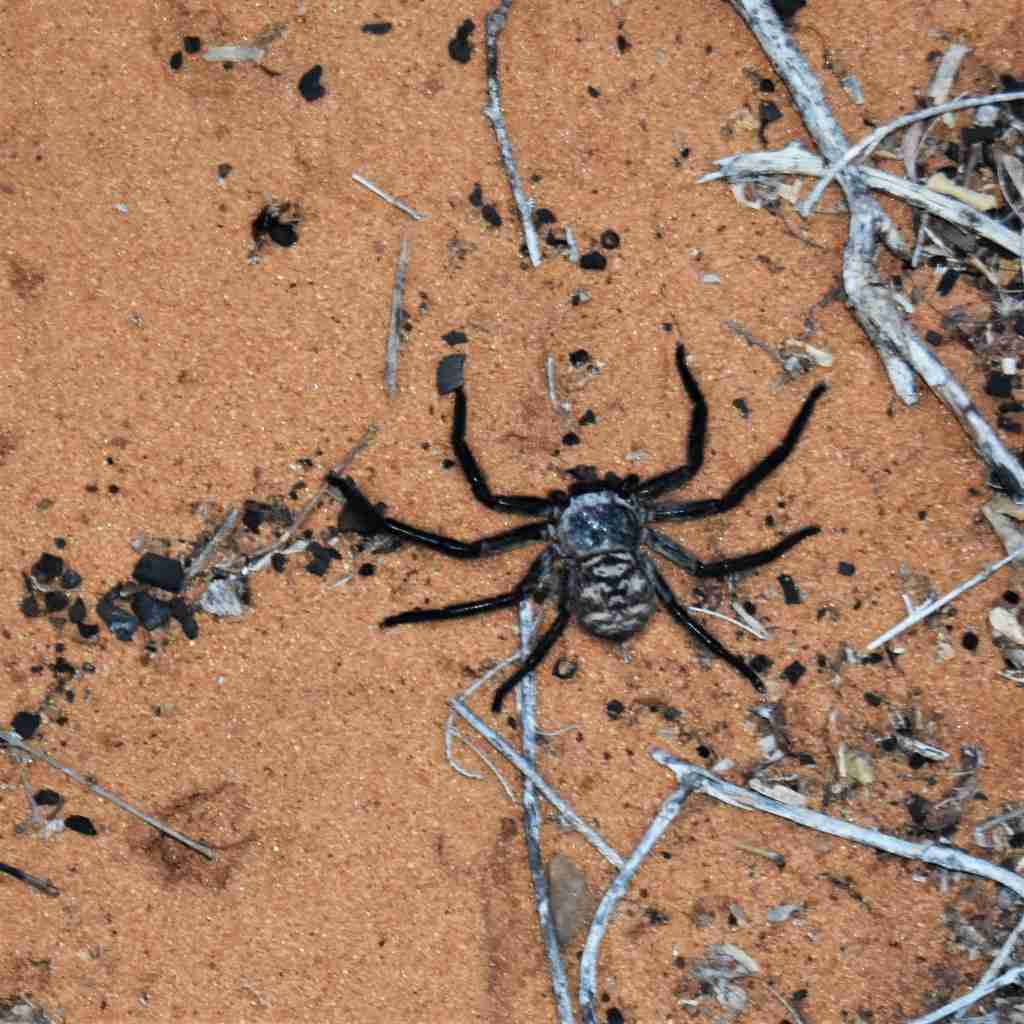
If you thought rattlesnake venom was intense, consider this: the black widow’s venom is estimated to be a whopping 15 times more potent.
It’s a chilling reminder that these arachnids aren’t to be trifled with.
17. Some spiders are known to be social and live in colonies.
While solitude is a common theme among spiders, some species defy the norm.
They opt for a social lifestyle, forming colonies and displaying cooperative behaviors.
19. Spiders play a vital role in controlling insect populations.
Spiders aren’t just eight-legged arachnids; they’re nature’s pest control squad.
They keep insect populations in check, maintaining the delicate balance of ecosystems worldwide.
20. Tarantulas can hiss when threatened by rubbing their legs together.
When threatened, tarantulas unveil a unique defense mechanism.
They produce a hissing sound by rubbing their legs together, turning potential predators into startled and bewildered.
21. The Goliath bird-eating spider is one of the largest spiders in the world.
In the heavyweight division of arachnids, the Goliath bird-eating spider reigns supreme.
It’s one of the largest spiders globally, known for its impressive size and its ability to consume birds and other substantial prey.
22. Orb-weaver spiders create intricate, circular webs.
Orb-weaver spiders are renowned for their artistry in web construction.
They create intricate, circular webs, masterpieces designed to ensnare airborne insects with precision.
23. What are spider webs?
Spider webs are intricate structures constructed by spiders using silk threads.
They serve various purposes, including trapping prey, providing shelter, and reproduction.
24. The peacock spider is known for its colorful and elaborate courtship dance.
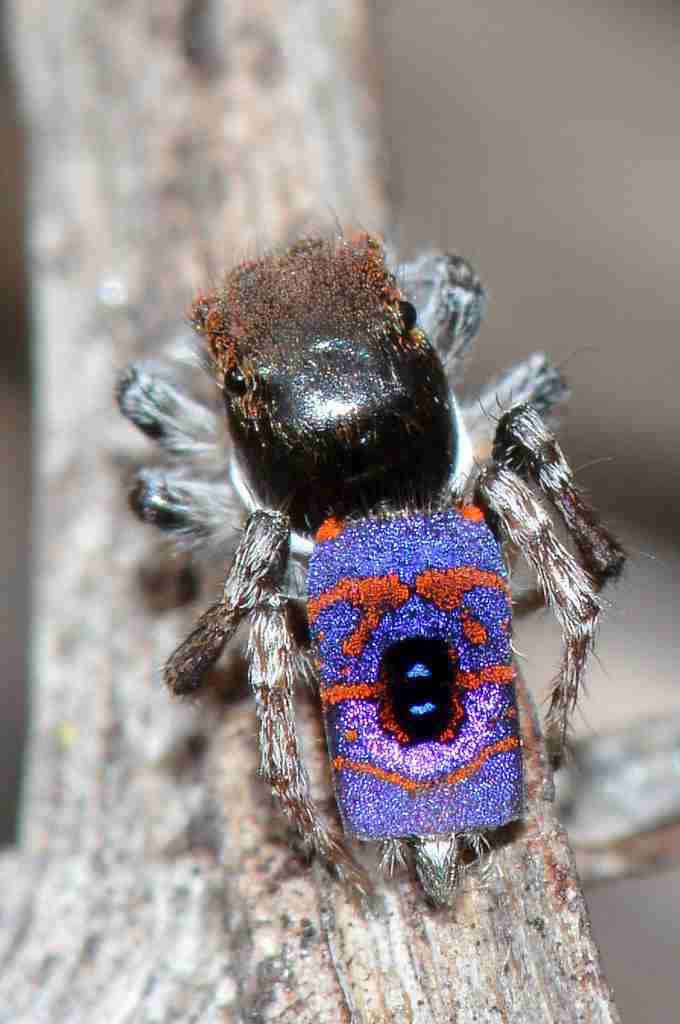
Meet the peacock spider, the charismatic showman of the arachnid world.
It’s renowned for its vibrant colors and an elaborate courtship dance that’s a spectacle to behold.
25. Spiders use vibrations to communicate with each other.
In the world of arachnids, silence is overrated.
Spiders communicate with each other through vibrations, a subtle but effective language for signaling and courtship.
26. Spiders are fascinating creatures with diverse behaviors and adaptations.
Within the mesmerizing world of arachnids, spiders emerge as the stars of the show.
They captivate us with a wide array of behaviors and adaptations, continually reminding us of the awe-inspiring diversity of life on Earth.
FAQs
Spider webs are primarily made of silk, which is a protein-based material produced by spiders from specialized silk glands in their abdomen.
Various spider species make webs, including orb-weaving spiders, cobweb spiders, funnel-web spiders, and sheet-web spiders, among others.
Most spiders have eight eyes, although some species may have fewer or additional eyes.
Spiders have eight legs.
No, spiders are not insects. They belong to a different class of arthropods called Arachnida, while insects belong to the class Insecta.

